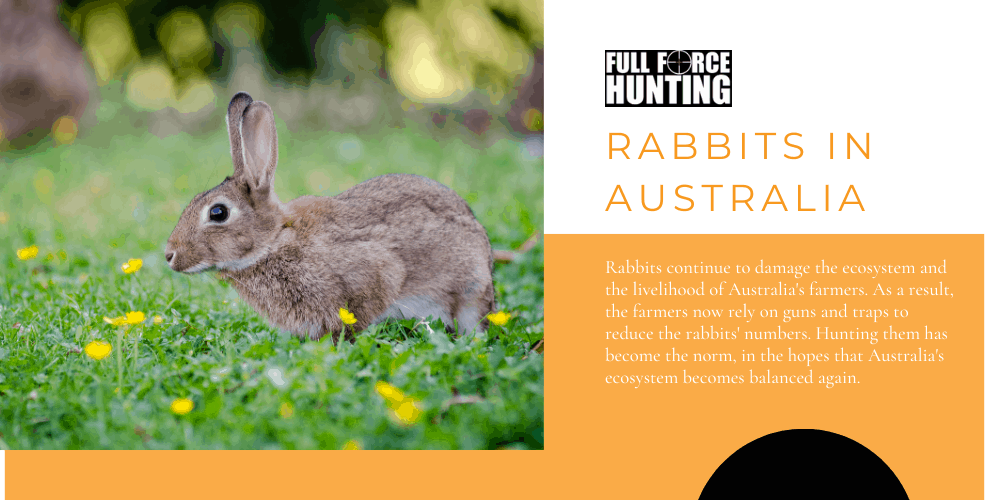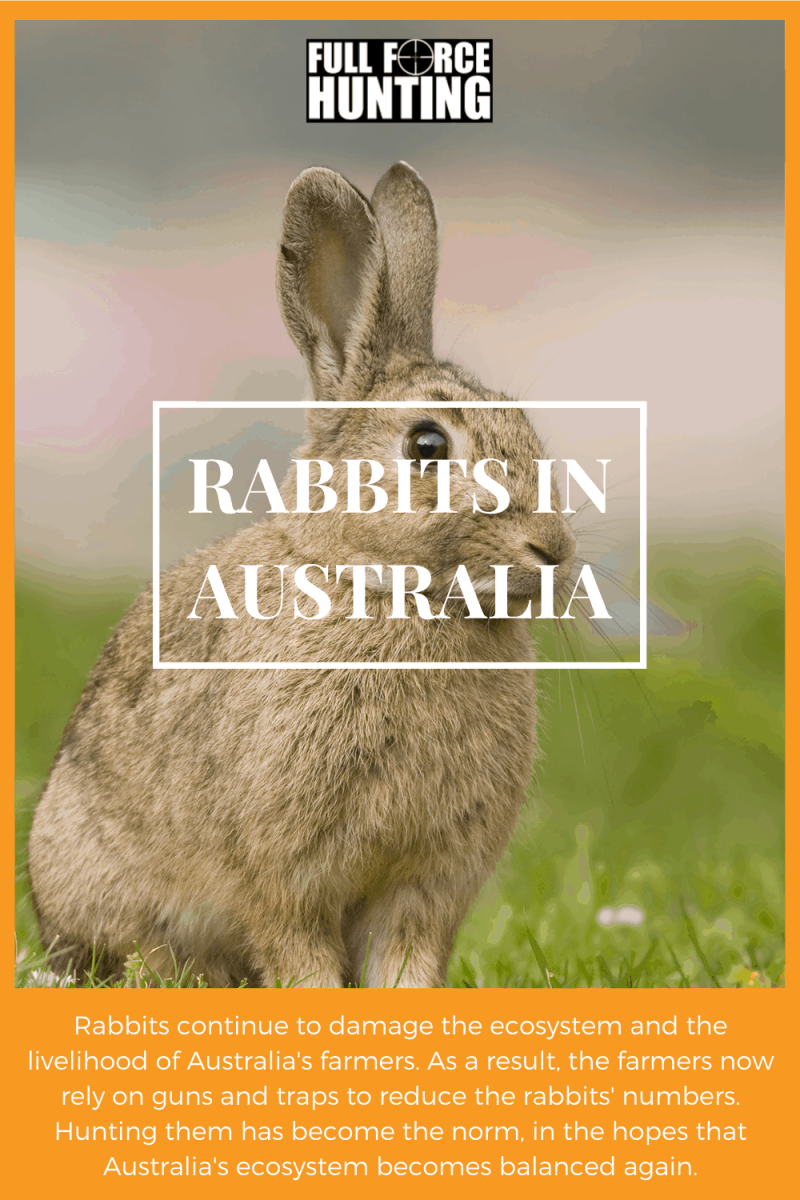Rabbits in Australia
While the majority of people around the world think rabbits are cute and fluffy, they're an introduced species and are considered pests in Australia.

Rabbits have pretty much overpopulated the country - Australia's temperate conditions and natural low vegetation become their perfect habitat. Rabbits have been damaging Australia's agriculture and nature for the past 150 years. But how exactly did they populate the country in the first place?
How did Rabbits come to Australia?
In the late 18th century, rabbits, along with other livestock, were brought along for food. They came in 11 ships that carried convicts who founded the first European settlement in Australia, the First Fleet. In the 1840s, rabbits became part of their diet, and farmers kept them inside enclosures made of stone.
In October 1859, Thomas Austin, an avid hunter, moved from England to Australia. He imported 12 pairs of European rabbits from his homeland and released them into the wild for him to hunt. Initially, he planned to release 12 gray rabbits, 5 hares, 72 partridges and some sparrows.
However, his nephew couldn't find exactly 12 gray rabbits for him, so he added a few extra domestic rabbits instead to offset the numbers. The crossbreeding of these rabbits, combined with Australia's environmental conditions and lack of natural predators, created the massive outbreak of rabbits in the wild.
Ecological Consequences
With their increased growth - and increasing to this day - it brought upon massive ecological consequences to Australian land. Rabbits overgraze the grass by act of habit and cause fertile top soil to be easily eroded away by the wind. In addition, the rabbits graze shrubs so much that they're unable to grow again. They consume in excessive quantities of grass and shoots that birds, insects and other Australian animals depend for survival.
Australians then considered two ways in which to lessen their population: traps and guns. But with millions of them overpopulating the lands, it was difficult to reduce and control its population. In 1901, the Australian Government decided to build three rabbit-proof fences in hopes of protecting Western Australia's pastoral lands. After 6 years, more than 2,000 miles of fences crossed the continent. The fences, however, did not solve anything. There were still too many rabbits.

A Permanent Solution to the Rabbit Problem
Desperate for a permanent solution, the Australian Government then released myxomatosis, a highly fatal disease for rabbits that causes skin tumors and eye inflammation. Myxomatosis reduced Australia's rabbit population from 600 million to 100 million. However, the remaining rabbits repopulated, and in the present time, the disease only works on 40% of the whole wild rabbit population, as they've built resistance to the disease over time.
Rabbits continue to damage the ecosystem and the livelihood of Australia's farmers. As a result, the farmers now rely on guns and traps to reduce the rabbits' numbers. Hunting them has become the norm, in the hopes that Australia's ecosystem becomes balanced again.


